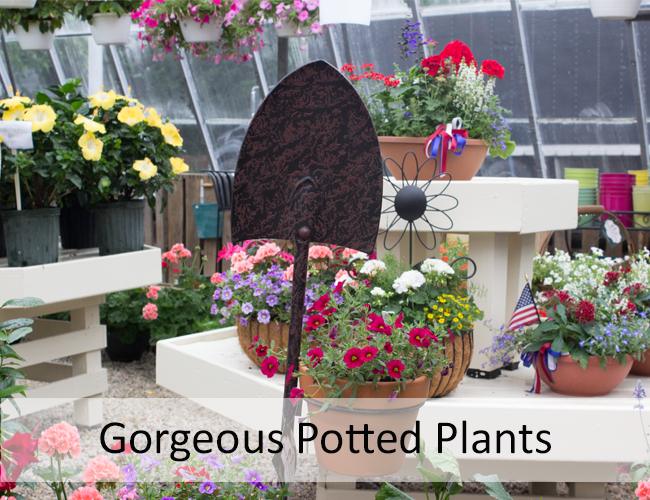Discover the Best Plants to Attract Bees for a Buzzing Garden
Bees play a crucial role in our ecosystem, providing essential pollination services that help plants reproduce and thrive. If you're looking to create a gar……
Bees play a crucial role in our ecosystem, providing essential pollination services that help plants reproduce and thrive. If you're looking to create a garden that not only beautifies your space but also supports local bee populations, incorporating the right plants to attract bees is key. In this guide, we will explore the best plants to attract bees, their benefits, and how to cultivate a bee-friendly environment.
#### Why Attract Bees?
Bees are vital for pollinating many of the fruits, vegetables, and nuts we consume. Unfortunately, bee populations have been declining due to habitat loss, pesticide use, and climate change. By planting specific flowers and plants, you can create a sanctuary for these important pollinators. Not only will your garden flourish, but you will also contribute to the well-being of the environment.
#### Best Plants to Attract Bees
1. **Lavender (Lavandula)**
Lavender is not only a beautiful addition to any garden, but its fragrant flowers are also highly attractive to bees. The purple blooms provide nectar and pollen, making it a favorite among honeybees and bumblebees alike.
2. **Sunflower (Helianthus annuus)**
Sunflowers are a classic choice for attracting bees. Their large, vibrant heads are packed with pollen and nectar, making them a go-to for foraging bees during the summer months. Plus, they add a cheerful touch to your garden.
3. **Echinacea (Coneflower)**

Echinacea is a perennial plant that produces stunning flowers in various colors. The open shape of the coneflower makes it easy for bees to access its nectar, and it blooms from mid-summer to fall, providing a long-lasting food source.
4. **Bee Balm (Monarda)**
As the name suggests, bee balm is a fantastic choice for attracting bees. This plant produces clusters of tubular flowers that bees find irresistible. Additionally, bee balm attracts a variety of other pollinators, including butterflies.
5. **Black-eyed Susan (Rudbeckia)**
Black-eyed Susans are hardy, drought-tolerant plants that bloom from summer to fall. Their bright yellow petals and dark centers not only brighten up your garden but also serve as an excellent food source for bees.
6. **Thyme (Thymus)**
Thyme is a versatile herb that can be used in cooking and as a bee attractor. When it flowers in late spring and early summer, its small purple blooms are a magnet for bees, providing them with essential nectar.
7. **Clovers (Trifolium)**
While often considered a weed, clover is a fantastic plant for attracting bees. Its low-growing flowers are easily accessible for bees, and it also helps improve soil health by fixing nitrogen.
#### Creating a Bee-Friendly Garden
To maximize the effectiveness of your plants to attract bees, consider the following tips:
- **Diversity is Key**: Plant a variety of flowers that bloom at different times throughout the growing season. This ensures that bees have a consistent food source from spring to fall.

- **Avoid Pesticides**: Chemicals can be harmful to bees. Opt for organic gardening practices and natural pest control methods to keep your garden bee-friendly.
- **Provide Shelter**: Incorporate native plants, shrubs, and trees that offer shelter for bees. Leaving some areas of your garden untamed can also provide nesting sites for solitary bees.
- **Water Source**: Bees need water, so consider adding a shallow water source with stones for them to land on. This will help keep them hydrated during hot days.
- **Educate Others**: Share your knowledge about the importance of bees and how to create bee-friendly gardens with friends and family. The more people who contribute to bee conservation, the better!
By incorporating these plants to attract bees into your garden, you not only enhance its beauty but also play a vital role in supporting the health of bee populations. Together, we can create a thriving ecosystem that benefits both humans and pollinators alike. Happy gardening!